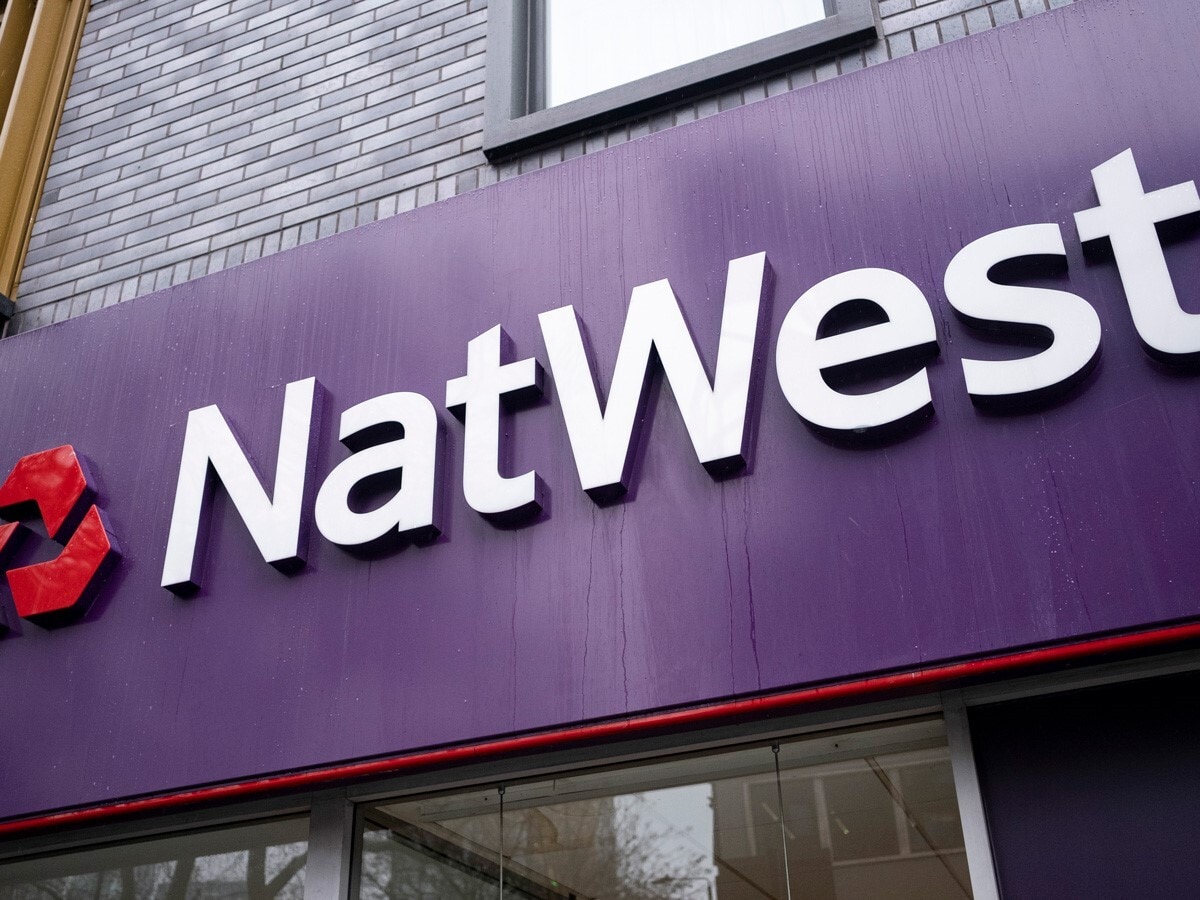When NatWest reported its full-year results back in February the shares were trading just below their highest levels since May 2018, as concerns over a sharp slowdown in the UK economy receded.
The shares have retreated quite a bit since then, touching 3-month lows in March, largely due to concerns over whether the strong performance seen in 2022 can be repeated in 2023, while the recent uncertainty around the European banking sector and the fallout over Credit Suisse haven’t helped.
When the bank reported its Q4 and full-year numbers the bank was cautious saying it expects to generate full-year income of £14.8bn, and a full-year NIM of 3.2%, based on a base rate of 4%.
This came across as unduly cautious at the time given the current base rate is at 4.25% and looks set to go higher in a couple of weeks’ time, when the Bank of England gets set to meet again, which could push NIM higher.
Today’s Q1 numbers have done little to justify that caution with a strong set of numbers, not that you’d know it from the market reaction, with the shares sharply lower in early trade, and which is dragging on the wider sector, with Lloyds Banking Group also lower ahead of its numbers next week.
Not only have profits attributable to shareholders come in higher than expected at £1.28bn, comfortably above the same quarter last year of £841m, but net revenues have come in higher than expected at £3.87bn. The numbers were also above Q4’s £1.26bn, while impairments came in lower at £70m, while net interest margin rose to 3.27% for Q1.
Operating expenses have come in sharply higher than the same quarter last year, rising 12.5%, with most of that attributable to higher staff costs due to a £60m cost of living payment to help staff with the high inflation environment.
Customer deposits did see a fall of £11.1bn during the quarter to £421.8bn, due to tougher liquidity conditions and increased competition for deposits. Net loans saw an increase to £352.4bn.
The bank kept its full-year outlook from the end of last year, despite the strong performance from Q1, perhaps mindful that economic conditions could become more challenging as the year progresses.
This caution over the outlook may help explain why the shares have fallen back, however, the reaction seems unduly extreme even when taking the uncertain economic outlook into account.
If anything, management deserves credit for learning the lessons of the past and keeping expectations in check at a time, when the US banking sector is undergoing significant turbulence, and when economic uncertainties remain high.
Undue optimism is all well and good but it’s all for naught if it comes back and bites you further down the line.
Today’s share price falls come across as a little churlish given the shares have already fallen over 15% from their peaks this year.






